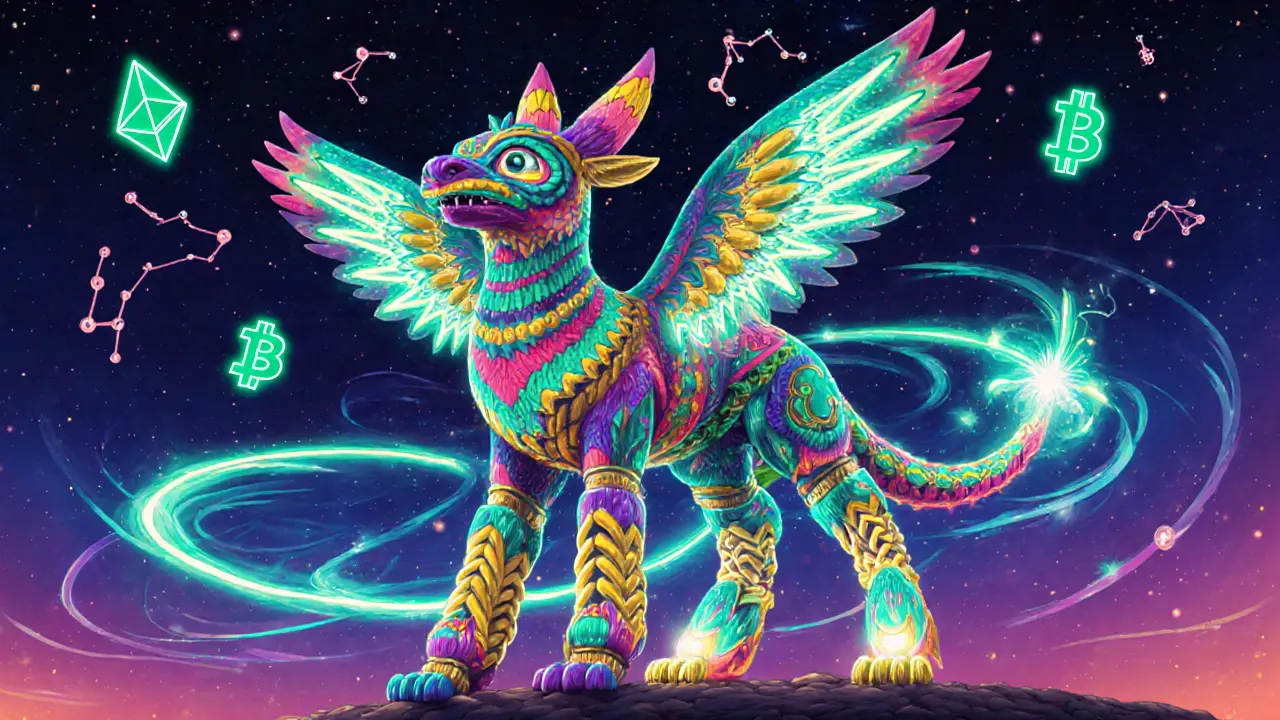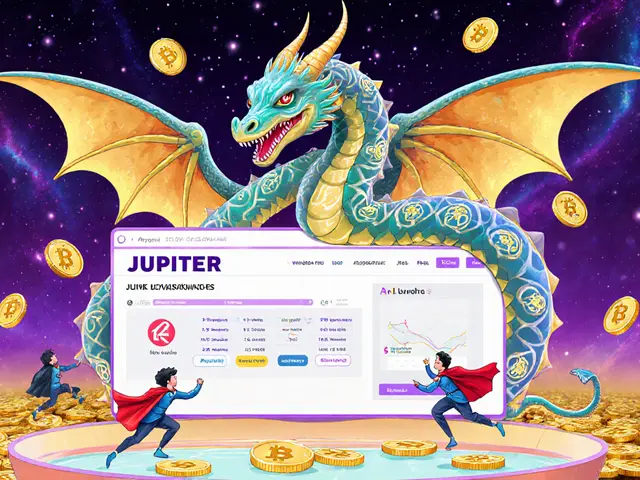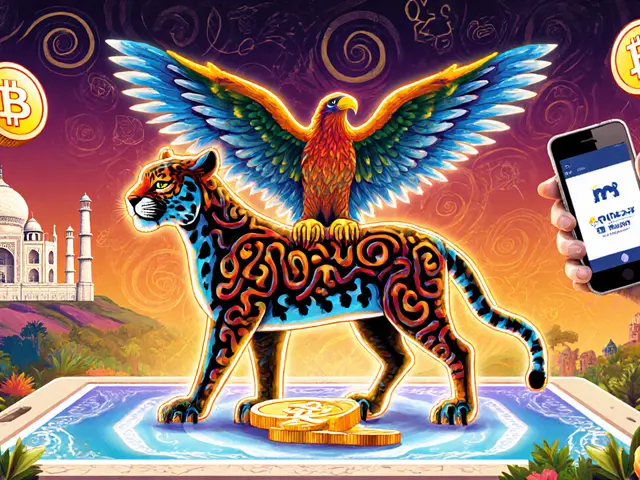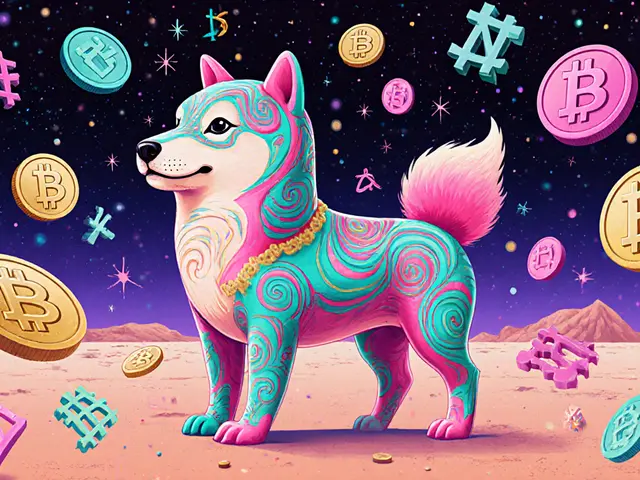Proof of Stake Explained: How It Powers Greener Blockchains and Replaces Mining
When you hear Proof of Stake, a consensus mechanism that lets blockchain networks validate transactions using locked-up crypto instead of energy-hungry mining hardware. Also known as PoS, it’s what made Ethereum stop wasting electricity and start scaling efficiently. Unlike old-school Proof of Work, where miners race to solve math puzzles, Proof of Stake picks validators based on how much crypto they’re willing to lock up. No giant farms of GPUs. No massive power bills. Just people staking their coins to keep the network running.
This shift isn’t just technical—it’s personal. If you own ETH, SOL, ADA, or any other PoS coin, you’re already part of the system. You don’t need to be a miner. You just need to hold and stake. And that’s why Ethereum Merge, the 2022 upgrade that switched Ethereum from Proof of Work to Proof of Stake changed everything overnight. Energy use dropped by 99.95%. Miners vanished. Validators took over. Suddenly, holding crypto wasn’t just speculation—it became participation. And that’s why crypto energy use, the massive carbon footprint tied to mining-heavy chains like Bitcoin is now a talking point you can actually do something about. You don’t have to wait for a policy change. You just pick PoS coins.
But Proof of Stake isn’t perfect. It’s not magic. If you stake too little, you get ignored. If you stake on a broken project, you lose everything. That’s why the posts below don’t just explain PoS—they show you what happens when it goes wrong. You’ll find dead tokens pretending to be stakable, exchanges that fake participation, and airdrops tied to chains that barely run. You’ll also see how real staking works on platforms like KyberSwap and Huckleberry, and why some networks—like the ones tied to BSClaunch or Franklin—are just ghosts with token names.
Proof of Stake didn’t just replace mining. It changed what it means to own crypto. You’re not just a buyer anymore. You’re a keeper. A validator. A stakeholder. And if you understand how it works—and how it can fail—you’re already ahead of 90% of the people trading it.










